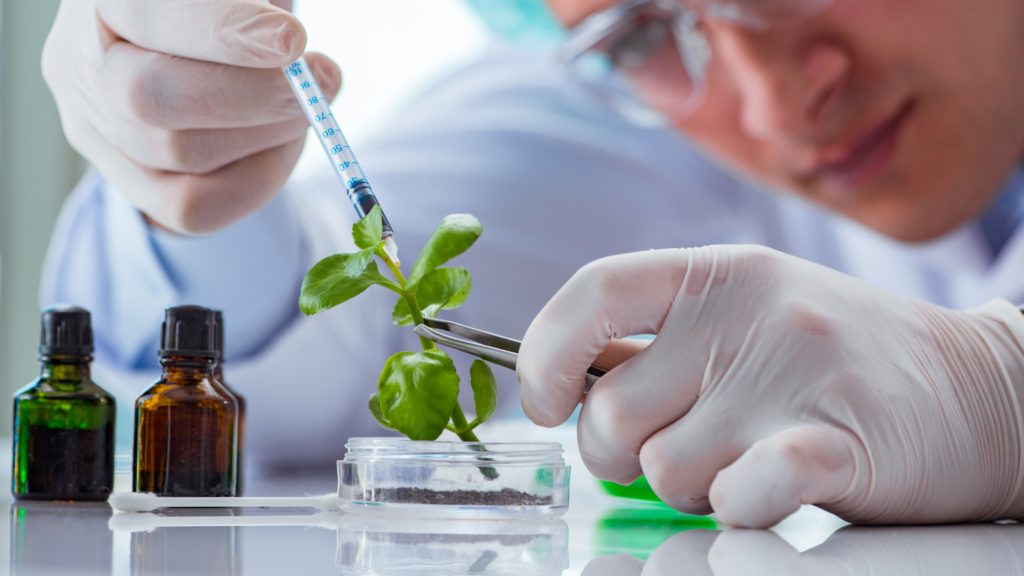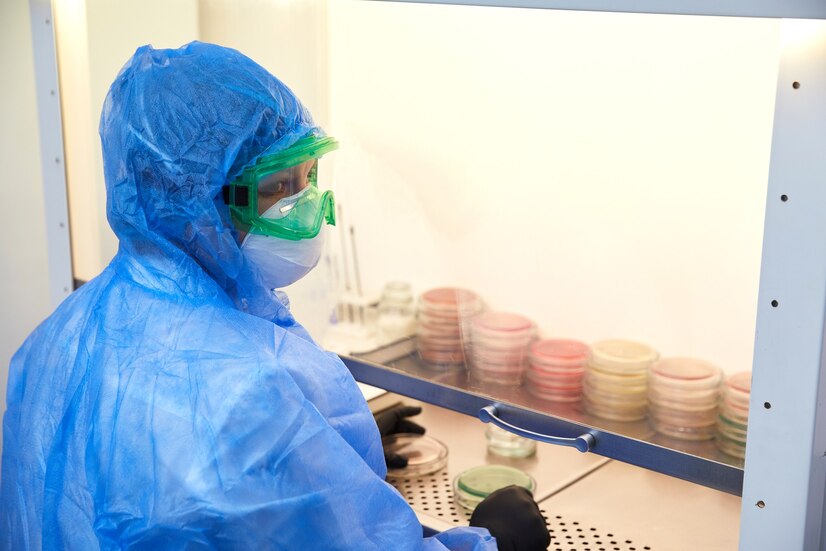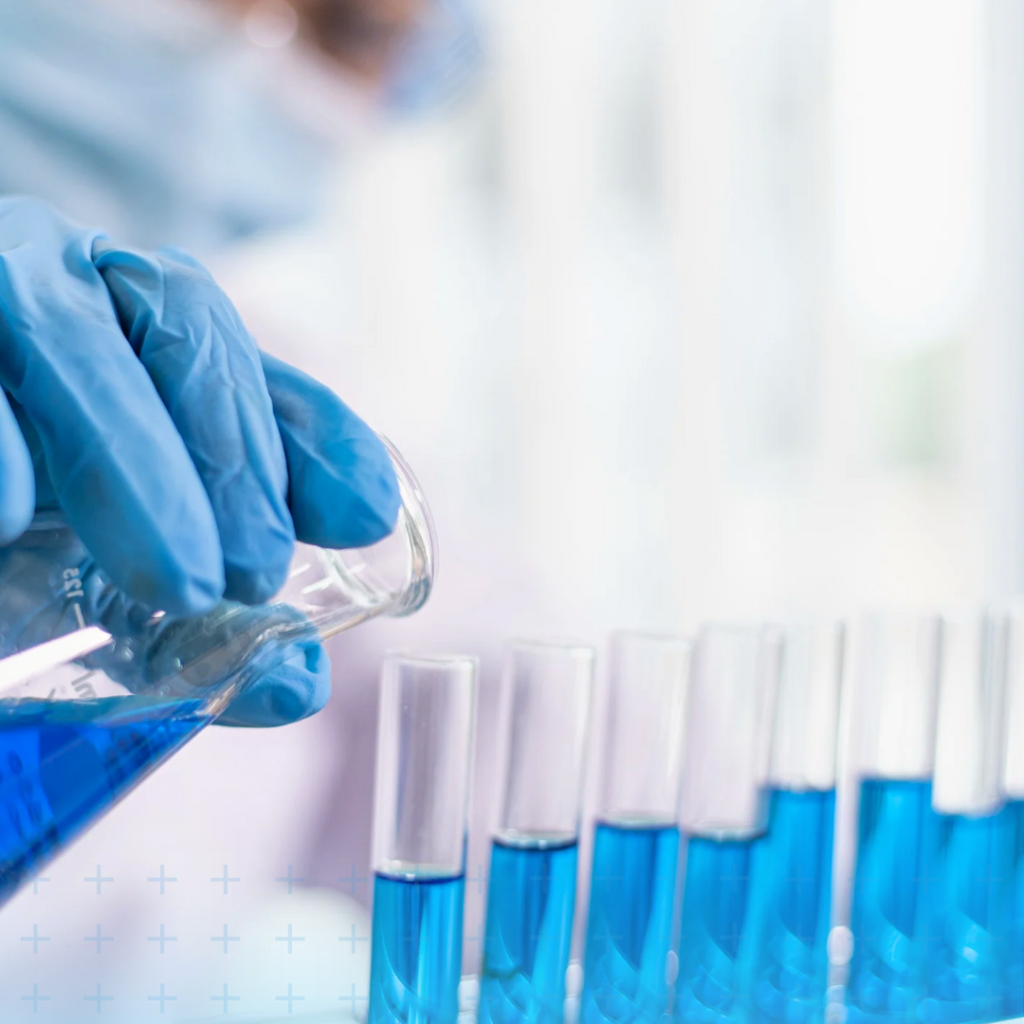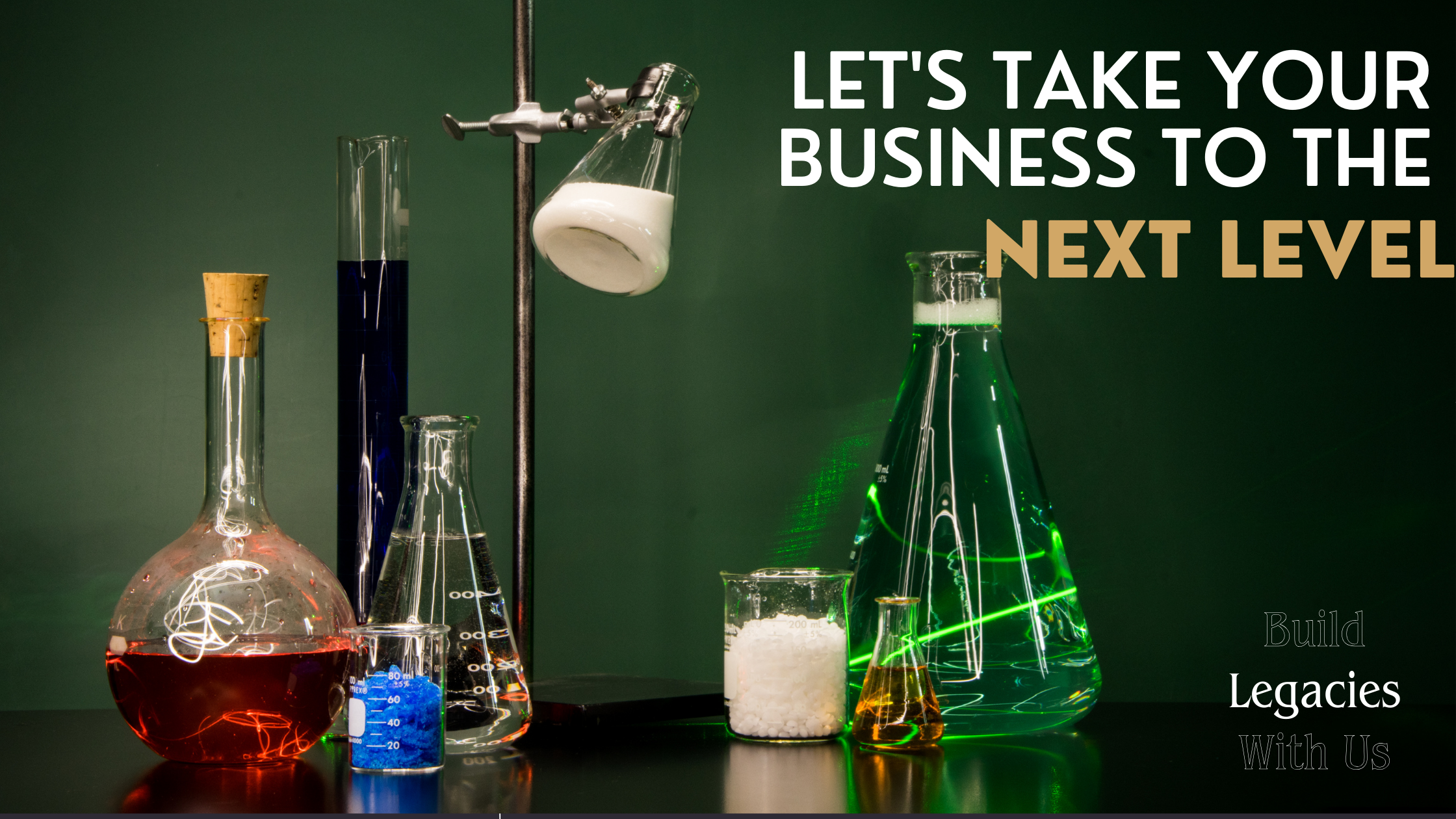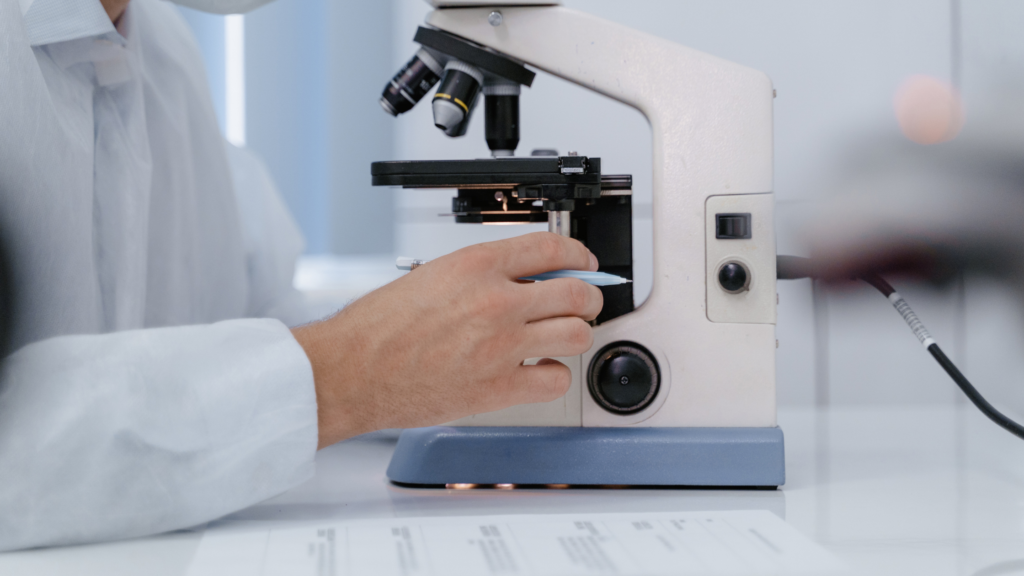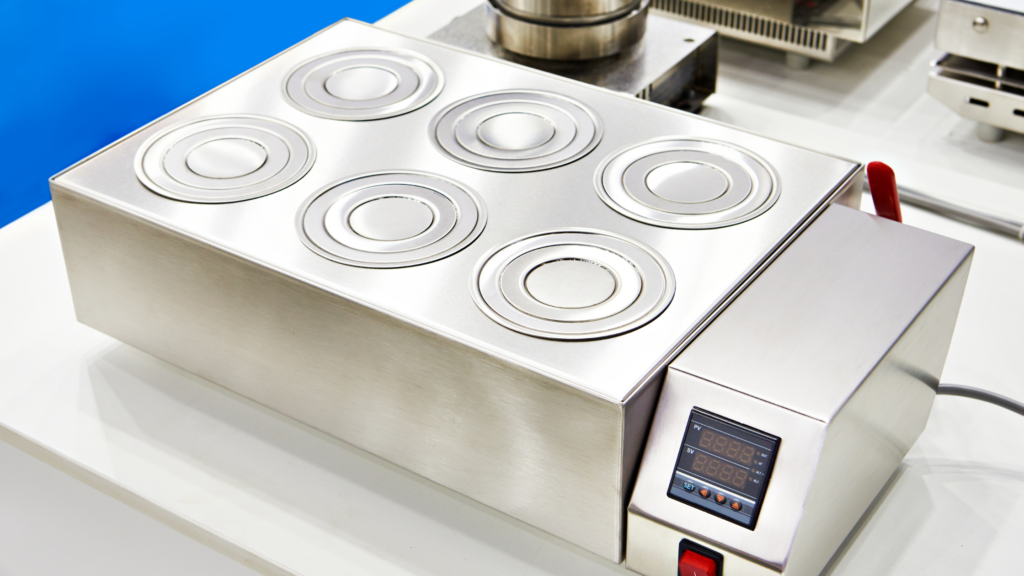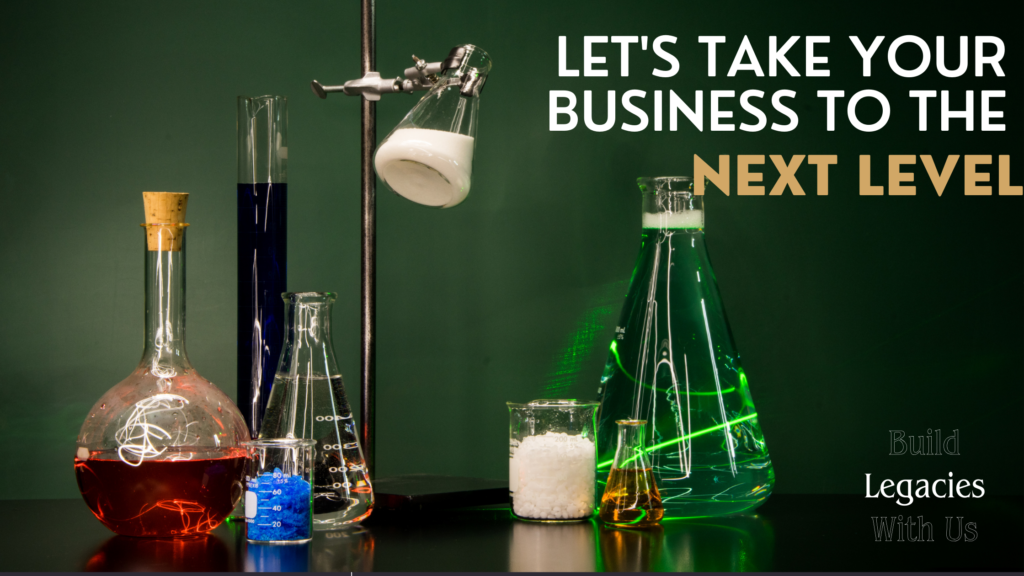The Power of Advanced Filtration and Purification Systems in Chemistry Labs
In the world of chemistry, precision and purity are paramount. The quest for high-quality chemical compounds requires the use of advanced filtration and purification systems that can ensure the highest levels of purity and precision. These systems are the backbone of modern chemistry labs, enabling researchers to produce high-quality compounds that meet the stringent requirements of various industries.

The Importance of Advanced Filtration and Purification Systems
Advanced filtration and purification systems are essential in chemistry labs as they enable researchers to:
- Ensure Purity: By removing impurities and contaminants, these systems ensure that chemical compounds are of the highest purity, making them suitable for various applications.
- Maintain Precision: Advanced filtration and purification systems ensure that chemical compounds are precisely controlled, allowing for accurate and reliable results.
- Enhance Safety: By removing hazardous substances and contaminants, these systems ensure a safe working environment for chemists and other laboratory personnel.
Types of Advanced Filtration and Purification Systems
- Centrifuges: Centrifuges are used to separate particles based on their density and size. They are essential in chemistry labs for separating and purifying chemical compounds.
- Chromatography Columns: Chromatography columns are used to separate and analyze chemical compounds based on their physical and chemical properties.
- Filtration Systems: Filtration systems are used to remove impurities and contaminants from chemical compounds. They are essential in chemistry labs for ensuring the purity and precision of chemical compounds.
- Purification Systems: Purification systems are used to remove impurities and contaminants from chemical compounds. They are essential in chemistry labs for ensuring the purity and precision of chemical compounds.
How Advanced Filtration and Purification Systems Work
Advanced filtration and purification systems work by using various techniques and technologies to remove impurities and contaminants from chemical compounds. These systems include:
- Centrifugal Separation: Centrifuges use centrifugal force to separate particles based on their density and size.
- Adsorption: Adsorption is a process where impurities and contaminants are removed from chemical compounds by adsorbing onto a surface.
- Ion Exchange: Ion exchange is a process where impurities and contaminants are removed from chemical compounds by exchanging ions.
- Distillation: Distillation is a process where impurities and contaminants are removed from chemical compounds by separating them based on their boiling points.
Examples of Advanced Filtration and Purification Systems
- Centrifuges: Centrifuges are used to separate particles based on their density and size. They are essential in chemistry labs for separating and purifying chemical compounds.
- Chromatography Columns: Chromatography columns are used to separate and analyze chemical compounds based on their physical and chemical properties.
- Filtration Systems: Filtration systems are used to remove impurities and contaminants from chemical compounds. They are essential in chemistry labs for ensuring the purity and precision of chemical compounds.
- Purification Systems: Purification systems are used to remove impurities and contaminants from chemical compounds. They are essential in chemistry labs for ensuring the purity and precision of chemical compounds.
Conclusion: The Power of Advanced Filtration and Purification Systems
Advanced filtration and purification systems are the backbone of modern chemistry labs, enabling researchers to produce high-quality chemical compounds that meet the stringent requirements of various industries. These systems are essential for ensuring the purity and precision of chemical compounds, making them suitable for various applications. By understanding how these systems work and the various techniques and technologies used, researchers can ensure the highest levels of precision and purity in their chemical compounds.
References
- “Advanced Filtration and Purification Systems in Chemistry Labs.” Lab Pro, 2023, https://labproinc.com/blogs/all-blogs/advanced-filtration-and-purification-systems-in-chemistry-labs.
- “Filtration and Purification Systems in Chemistry Labs.” MRC Lab, 2023, https://www.mrclab.com/chemistry-lab-equipment.
- “The Importance of Advanced Filtration and Purification Systems in Chemistry Labs.” Excedr, 2023, https://www.excedr.com/blog/what-type-of-equipment-is-used-in-chemistry-research.
- “Advanced Filtration and Purification Systems in Chemistry Labs.” Lab.Equipment, 2023, https://lab.equipment/chemistry-lab-equipment.
- “The Power of Advanced Filtration and Purification Systems in Chemistry Labs.” Wikipedia, 2023, https://en.wikipedia.org/wiki/Category:Laboratory_equipment.
- The Power of Advanced Filtration and Purification Systems in Chemistry Labs
- Chemistry vs. Biology Lab Equipment: What Sets Them Apart? Lab Equipment Used in Chemistry and Biology.
- The Future of Infectious Disease Diagnostics: Cutting-Edge Lab Equipment
- The Importance of Lab Equipment in Biotechnology
- Mastering the Miniature: A Guide to Micropipettes

These systems are essential for ensuring the purity and precision of chemical compounds, making them suitable for various applications. By understanding how these systems work and the various techniques and technologies used, researchers can ensure the highest levels of precision and purity in their chemical compounds.



